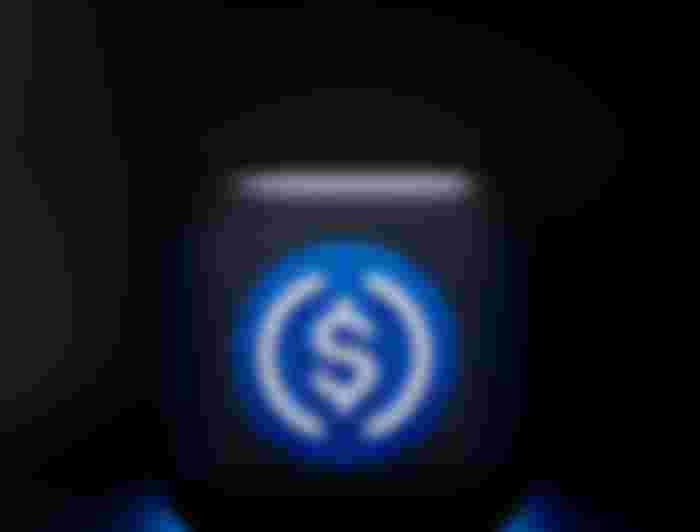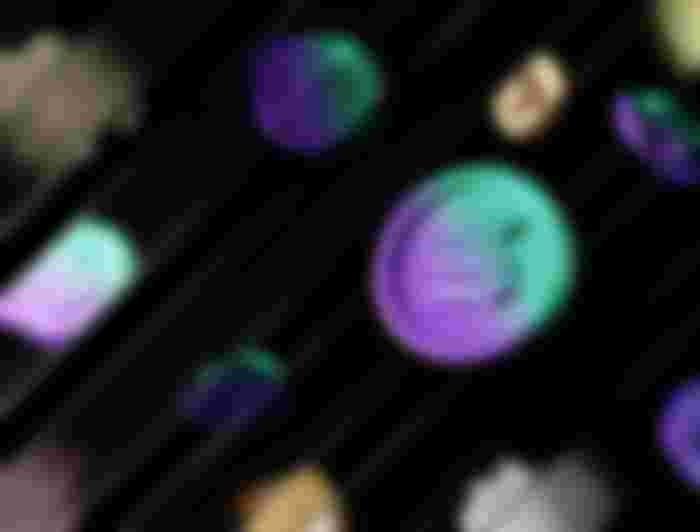Como funciona a solana moeda
Founded by Anatoly Yakovenko, Solana is for some experts in the crypto market the main competitor of Ethereum. Its decentralized blockchain allows for the creation of scalable dApps and a robust framework for developing smart contracts with very low fees and thousands of transactions per second.
Currently, its ecosystem has thousands of projects covering DeFi, NFT, Games and Web3, covering well-known projects with the support of millions of users such as the Audius music streaming service, the Brave browser, the move-to-earn application StepN and several play-to-earn games.
The blockchain also relies on the SOL token. As with other networks, the token is used to reward network validators, pay fees, and grant holders voting rights on future proposals that will be submitted to the Solana community. For investors in Solana, 2021 was indeed a very positive year, delivering an appreciation of more than 13,000 percent.
If you want to know more about the Solana project and know how it works and its applications, keep reading until the end as this guide is quite interesting.

How does Solana work?
Solana is considered by many to be the most promising blockchain project with a chance of surpassing the Ethereum network in the scalability problem. But what is Solana's solution to solving the scalability problem and having such low transaction fees?
One of the secrets of the Solana network is the use of a consensus mechanism called proof-of-history. This mechanism adds a kind of date and time stamp to each transaction. This information is integrated into a hash and recorded on the blockchain, making it easier for the entire chain to verify the blocks through the chronological time of creation of each block. In this way, the transaction processing time is optimized by 10 thousand times.
In comparison, each block is processed on Bitcoin every 10 minutes, on the Ethereum network it is 13 seconds and on Solana it is a staggering 400 milliseconds. As a result, the network can handle 50,000 transactions per second. This transaction speed exceeds the capacity per second that the VISA credit card company has. All this scalability also ensures the low transaction cost, staying below 1 cent of the dollar.
These characteristics draw a lot of attention from developers of decentralized projects for creating an environment where scalability does not impose limits on growth and low cost, both for developers and users.
Network Validators
Another interesting point to highlight are the network validators. Solana currently has over 1800 validators on the mainnet, maintaining the most censorship-resistant blockchain network. Unlike other networks, to become a validator it is not necessary to hold a large amount of SOL, but it does require quite robust hardware specifications.
Validators process transactions and participate in network consensus, so they are rewarded with partial gains from network transaction fees. Solana's website has all the information for those who want to participate as a validator and contribute to the decentralization of the network.

Founded by Anatoly Yakovenko, Solana is for some experts in the crypto market the main competitor of Ethereum. Its decentralized blockchain allows for the creation of scalable dApps and a robust framework for developing smart contracts with very low fees and thousands of transactions per second.
Currently, its ecosystem has thousands of projects covering DeFi, NFT, Games and Web3, covering well-known projects with the support of millions of users such as the Audius music streaming service, the Brave browser, the move-to-earn application StepN and several play-to-earn games.
The blockchain also relies on the SOL token. As with other networks, the token is used to reward network validators, pay fees, and grant holders voting rights on future proposals that will be submitted to the Solana community. For investors in Solana, 2021 was indeed a very positive year, delivering an appreciation of more than 13,000 percent.
If you want to know more about the Solana project and know how it works and its applications, keep reading until the end as this guide is quite interesting.

How does Solana work?
Solana is considered by many to be the most promising blockchain project with a chance of surpassing the Ethereum network in the scalability problem. But what is Solana's solution to solving the scalability problem and having such low transaction fees?
One of the secrets of the Solana network is the use of a consensus mechanism called proof-of-history. This mechanism adds a kind of date and time stamp to each transaction. This information is integrated into a hash and recorded on the blockchain, making it easier for the entire chain to verify the blocks through the chronological time of creation of each block. In this way, the transaction processing time is optimized by 10 thousand times.
In comparison, each block is processed on Bitcoin every 10 minutes, on the Ethereum network it is 13 seconds and on Solana it is a staggering 400 milliseconds. As a result, the network can handle 50,000 transactions per second. This transaction speed exceeds the capacity per second that the VISA credit card company has. All this scalability also ensures the low transaction cost, staying below 1 cent of the dollar.
These characteristics draw a lot of attention from developers of decentralized projects for creating an environment where scalability does not impose limits on growth and low cost, both for developers and users.
Network Validators
Another interesting point to highlight are the network validators. Solana currently has over 1800 validators on the mainnet, maintaining the most censorship-resistant blockchain network. Unlike other networks, to become a validator it is not necessary to hold a large amount of SOL, but it does require quite robust hardware specifications.
Validators process transactions and participate in network consensus, so they are rewarded with partial gains from network transaction fees. Solana's website has all the information for those who want to participate as a validator and contribute to the decentralization of the network.
Additional Information
The Solana network project since its inception has received hundreds of millions of dollars in investment and has a very engaged community in the construction of new solutions and applications.
In 2022, the network was integrated into OpenSea, the world's leading NFT trading platform. This integration is very positive for boosting interest from developers of NFTs games and other projects involving non-fungible tokens.
Undoubtedly, the Solana network is an admirable blockchain and has attracted the attention of many game developers, DeFi protocols and decentralized dApps. Therefore, it is worth keeping an eye on what has been done in Solana when we talk about web3.
Below is the link to the official website where you will find a list of projects from the Solana ecosystem to explore.
Official website: https://solana.com/

SingularityDAO works by bringing together the best available DeFi mechanisms and cutting-edge artificial intelligence, which aim to learn the cryptocurrency management standards in the market and apply these standards to achieve above-average returns.
For this, DynaSets are created, a basket of crypto assets where the investor contributes their cryptos and receives back DynaSet tokens, a token representing their application. These received tokens track the price of assets managed by artificial intelligence in the crypto basket (DynaSets), in case they appreciate or decrease.
An interesting detail of DynaSet tokens is that they can be staking where the investor receives SDAO tokens in exchange. The platform also has the possibility of farming with LP tokens from Uniswap.
How SingularityDAO's AI Works
Artificial intelligence works based on its 6 main points: price forecaster, portfolio planner, strategy evaluator, weighting agent, sentiment evaluator and signal generator.
The price predictor is the mechanism for predicting the price of assets through trial and error, providing the parameters for the other mechanisms. The portfolio planner will use market data to predict long term trends.
Using on-chain data and trend forecasts, the strategy evaluator evaluates different competitive strategies to find the best option in relation to current market conditions. The weighting agent will rely on the same data to assess short-term risks.
The assessment role on when to buy, sell, create or cancel orders is done by the signal generator through predictions of price fluctuation of specific tokens. And monitoring the news on social media in relation to the market is up to the sentiment evaluator.
All these mechanisms working together do the work of learning, managing and fetching the best yields for crypto baskets.
Additional Information
According to the SingularityDAO roadmap, the release of community NFTs is still planned. New DynaSets with other investment proposals. A progressive decentralization of governance proposals through the DAO. Improvements in AI technology seeking better learning and successes and acting on multiple platforms, in addition to Uniswap on the Ethereum network.
I hope you enjoyed the content and if you are interested in knowing more details about SingularityDAO, let's leave the link to the official website below.



